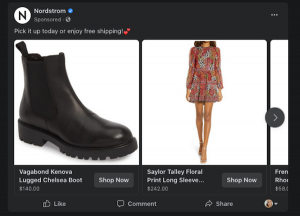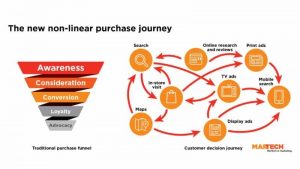Contributor Peter Minnium explains how brands in the information overload era can appeal to the basic human processes that govern decision-making.
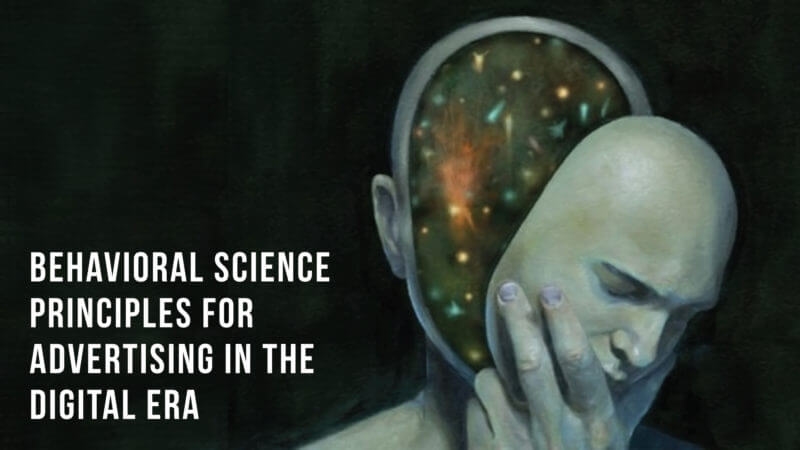
The conjoined worlds of business and market research are constantly in flux. Changing media technologies demand new marketing strategies and adaptive research methodologies.
Evolution is also driven by the dynamism of consumer needs and attitudes. Ad avoidance, overtaxed attention spans and the growing expectation of multiplatform functionality all pressure marketers and researchers to devise ever-newer solutions to fundamentally old problems.
New media connect brands and consumers like never before, offering advertisers intimate access to a vast audience. Advances in technology have also dropped a mountain of consumer data in researchers’ laps, but the golden goose is more of a double-edged sword. Media fragmentation makes maintaining a consistent message across platforms and devices challenging and undermines efforts to effectively evaluate the performance of brand communications.
Consistent advertising promotes consumer learning and increases the strength and number of brand associations, both fundamental to brand equity. When brand messages are communicated differently across multiple media platforms, counterproductive, inconsistent and incoherent messaging often results, seriously undermining messaging efforts.
Unlocking the mysteries of human behavior
Behavioral science holds the key to overcoming or avoiding many of these obstacles. It is an interdisciplinary field that seeks to understand human behavior at both the conscious and nonconscious levels. Uniting neuroscience, psychology, anthropology and other disciplines, it reveals the internal and external influences that drive attitudes and behavioral change.
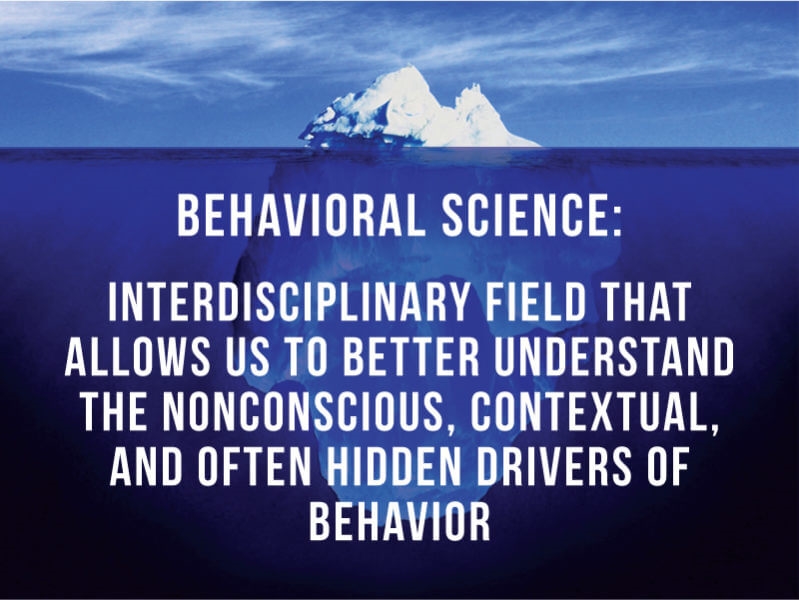
Behavioral scientists have been wrestling with the problem of human decision-making in an attention economy for some time. Dr. Herbert Simon, the Nobel Prize-winning psychologist, coined the phrase “poverty of attention” back in 1971, at the dawn of the information age.
“In an information-rich world,” he said, “the wealth of information means a dearth of something else: a scarcity of whatever it is that information consumes — the attention of its recipients.”
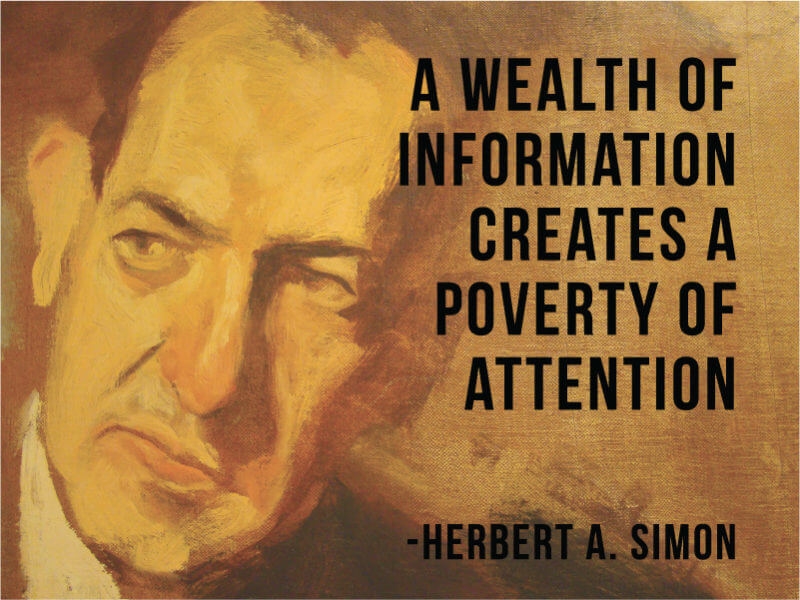
Simon wrote this before personal computers were commonplace — and, of course, pocket-sized. In the subsequent years, the tension between information and attention has become even more extreme. Behavioral scientists have remained at the forefront of understanding how humans make decisions under ever more information duress, but it is only recently that the value of these insights to advertising and market research has become widely appreciated.
At the risk of grossly oversimplifying this work, here are three best practices derived from behavioral science principles that are foundational to creating consistent and powerful messages across different digital media and markets.
1. A two-stage system for successful campaigns
Fundamental to behavioral science models is a distinction we have already made intuitively — between nonconscious and conscious thought. These two processes are known as System 1 and System 2, respectively. Each is triggered by distinct stimuli and has a unique application. Understanding the differences between them plays an important role in crafting impactful messaging and well-defined studies.
System 1 processing is usually nonconscious and reflexive. This is our default — the automatic way we respond to familiar stimuli. It is an almost instantaneous process, drawing on preconceptions and deeply rooted desires to provoke a gut reaction.
Conversely, the incorporation of new knowledge and rational decision-making is controlled and articulated. Conscious and deliberate thought is a System 2 process and is only triggered when we are presented with information that is complex or unfamiliar.
These two modes of processing play distinct roles in campaign strategy.
Consumers who are unfamiliar with a product, or are unconvinced of its superiority, will likely need to be reached at the conscious level of System 2 thought. The early stages of a messaging campaign should present consumers with the information they need to compare it to familiar alternatives and understand the value it adds. Explicit claims about features and product demonstrations are both System 2 techniques that can inform and convince consumers about a newly launched brand or product.

Once an audience has been introduced to the brand or product, a System 1 approach becomes increasingly important. At this point, competitors have likely upped their features and messaging, making rational distinctions less impactful.
Reiterating features and stressing superiority over competitors becomes redundant and can be tiring for audiences, who will quickly lose interest. At this stage, it’s brand closeness and image that drive consumer choice — and these are controlled by System 1 thinking.
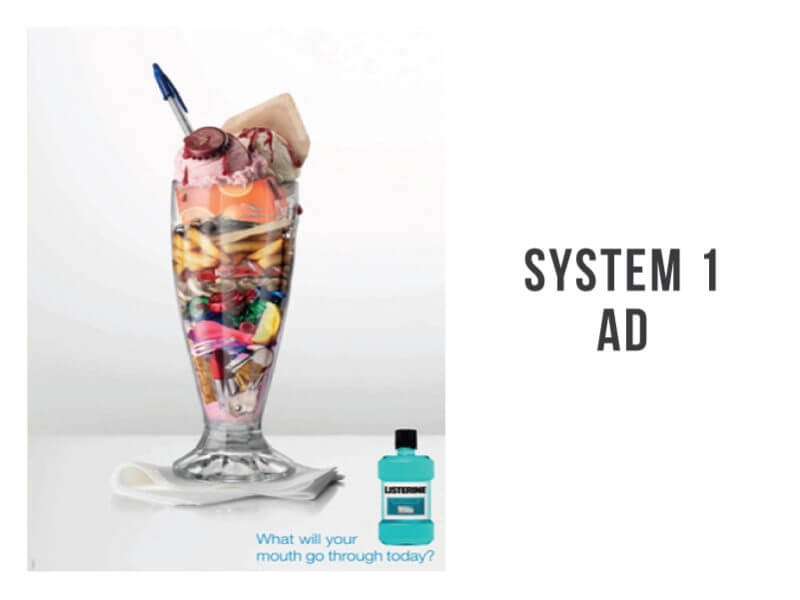
Decreasing messaging complexity removes a major barrier between brand and consumer and is a core tenet of System 1 advertising. These three ads exemplify best practice by making understanding easy, visceral and instinctual.



2. The authentic recipe for audience engagement
Deluged by messaging, the modern consumer is immediately mistrustful. Faith in businesses is at a perilous low, and even viewers who don’t turn a blind eye to advertising are likely to consume it with a high degree of skepticism.
Authentic brands challenge cynics with conviction in a purpose beyond profit. Their awareness and promotion of their social role does more than build trust. Consumers actively reward brands and messaging with a clear sense of purpose.
Authenticity can be expressed concretely, with an explicit gesture toward tradition, or abstractly, by showing consumers how the brand lives its mission. Each approach requires a distinct messaging strategy.
Authenticity to tradition can be evoked with old-timey imagery, however subtle. It seeks to place the brand’s modern incarnation on a continuum that reaches back to inception. Messages that emphasize a brand’s philosophy and its contribution to society are a strong way to communicate a core mission.

Budweiser’s Clydesdales convey the image of a brand with concrete roots, with a tried-and-true approach drawn from generations of experience. Nike insistently calls on us to overcome inertia and “Just Do It.”
The values expressed in these messages correspond to the value that each brand adds to society. Budweiser, to this day, is “brewed the hard way” as it has been for generations, while Nike sells athletic equipment to help us all be the best athlete we can be.
Meanwhile, brands can express their authenticity more abstractly by demonstrating the ways they live their brand values. In the ad below, Patagonia surprises with the message “Don’t buy this jacket,” but, upon reflection, it’s clear that this expression– a belief that it’s worth spending a bit more to buy quality goods that are durable and stand the test of time — is consistent with Patagonia’s anti-consumerism eco-conscious image.
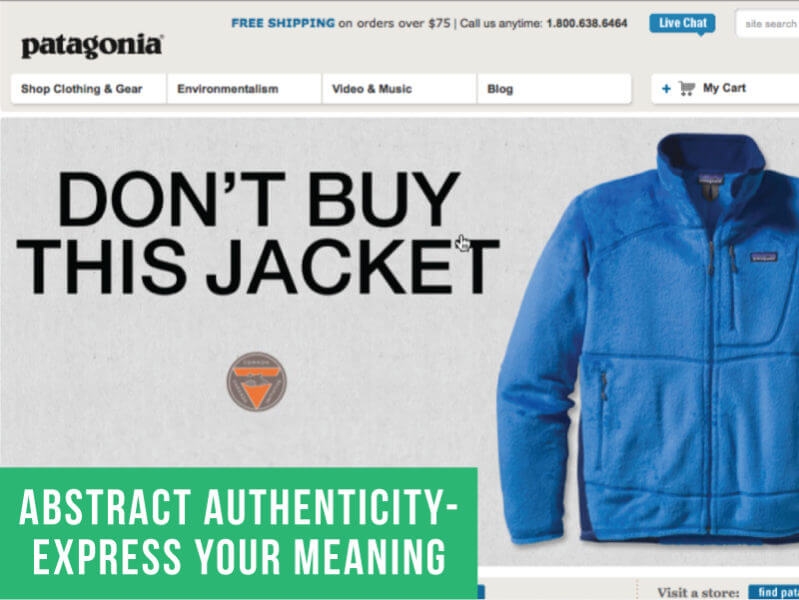
The timing of the campaign was also significant, as it featured an ad in The New York Times on Black Friday, arguably the day of the year that most celebrates consumption. (REI followed suit with its Black Friday-focused #OptOutside effort.)
3. Tailoring emotional appeal to consumer expectations
Engaging the right processing systems and cultivating an authentic brand image are not enough for truly effective messaging. Regulatory Fit Theory holds that human decisions are ultimately motivated by one of two pursuits: seeking pleasure or avoiding pain. These motivations underpin consumer interest in a brand or product and inform their judgment of competing messages.
Synchronizing consumer motivations with messaging tone is vital for a successful campaign. For categories that consumers approach with a “pleasure-seeking” attitude, messages that speak to their dreams and desires will be most effective, showing how the brand can add to their pleasure, enjoyment or success.
Brands that secure customers from danger or loss, or help them avoid unpleasant experiences, should emphasize concepts like reliability, trust and commitment.
Aligning the emotional appeal of communications with the consumer’s mindset seems simple enough, but all too often brands still get it wrong. Determining the right approach can be especially challenging for products with some features that promote pleasure and others that prevent pain.
Take the category of cruise vacations. Safety is undoubtedly an important factor in a successful cruise. A line’s advanced precautions may very well distinguish them from competitors, but overemphasizing the availability of lifeboats will leave potential customers confused, if not concerned, as they plan their dream getaway. Market researchers can address this complication by evaluating the associations consumers typically make with a product or category.
Three steps closer
Though our understanding of human behavior is far from complete, these three behavioral science best practices create a framework for communications strategies that can withstand the vicissitudes of digital innovation.
Knowing when to speak to consumers’ rational minds and when to excite their nonconscious impulses can make for a more engaging campaign, while using an authentic voice with messaging that fits with their emotional mindset will keep their attention throughout.
Opinions expressed in this article are those of the guest author and not necessarily Marketing Land. Staff authors are listed here.
Marketing Land – Internet Marketing News, Strategies & Tips
(59)
Report Post

